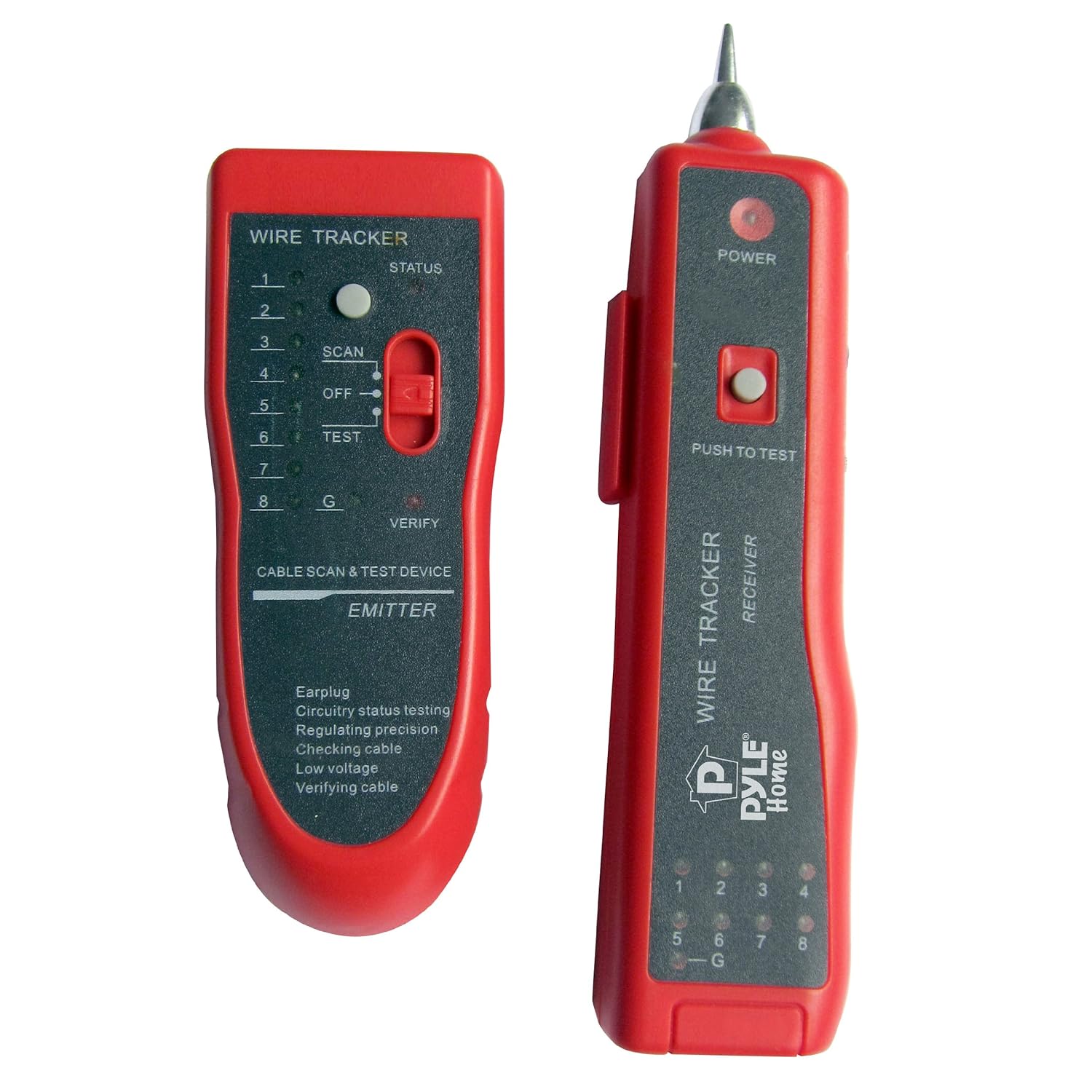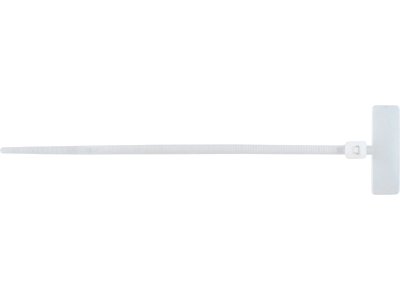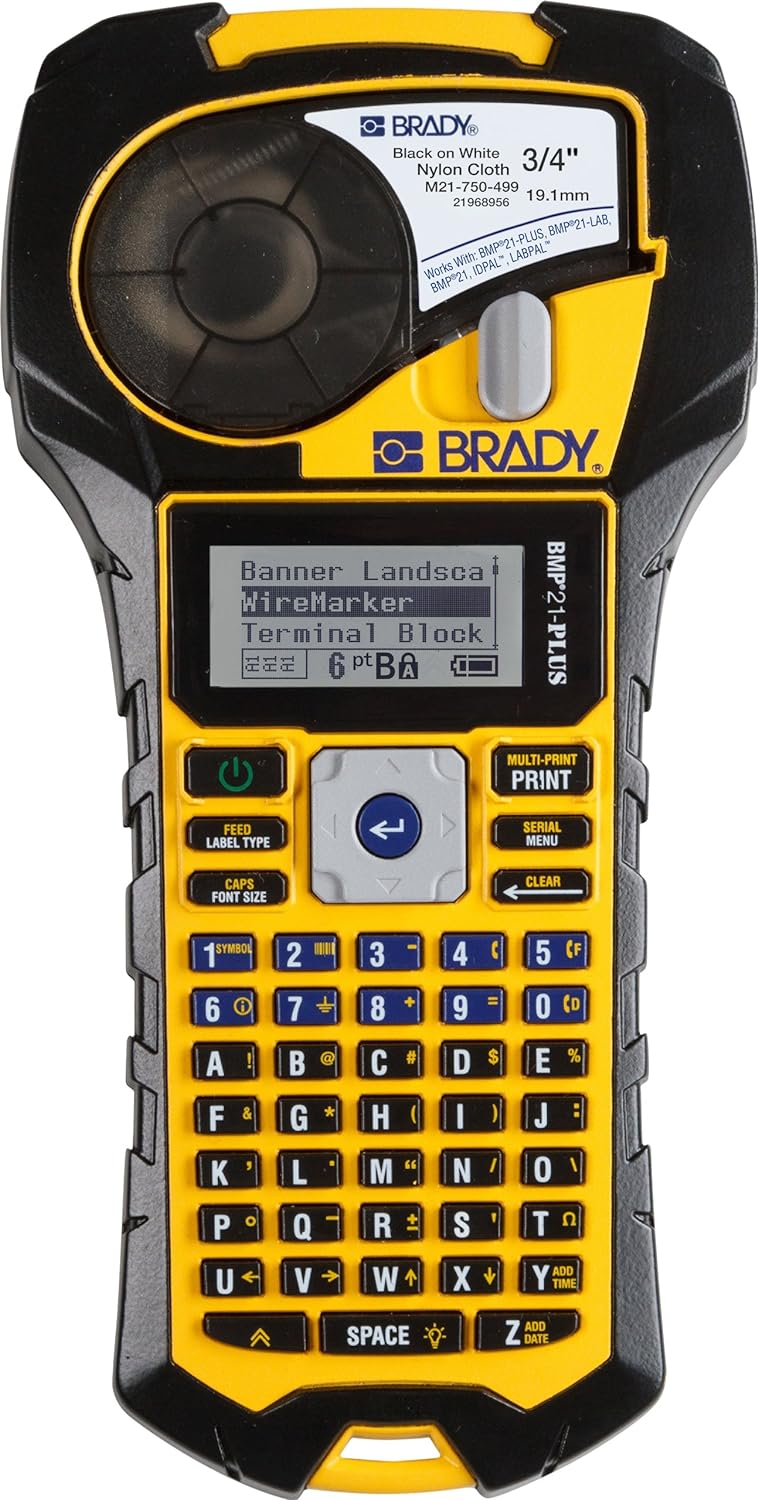NeverDie
Senior Member
Other than the Flukes, most of the network cable testers on amazon got mixed reviews. Even for just rudimentary functionality, prices are all over the map. So, I'm toying with the idea of getting a combo tester/tracker. How useful would it be to have both? I already have a wire tracker for tracking wires that haven't been terminated. I could connected a terminated cable to a kind of pigtail and then use my tracker that way (ghetto style), or I is it better to have it more integrated and less ghetto? Any opinions? I'm not sure how likely I am to ever use it. Opinions?
This one is $40, and the reviews (not a lot of them unfortunately) were generally favorable:

http://www.amazon.com/Pyle-PHCT65-Ethernet-Telephone-Tracker/dp/B005JVAMFI/ref=cm_cr_pr_product_top
This one is $40, and the reviews (not a lot of them unfortunately) were generally favorable:

http://www.amazon.com/Pyle-PHCT65-Ethernet-Telephone-Tracker/dp/B005JVAMFI/ref=cm_cr_pr_product_top




